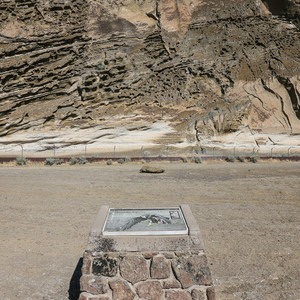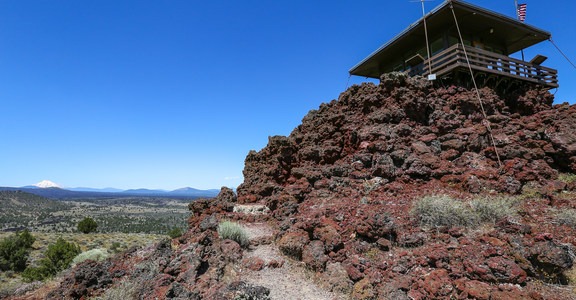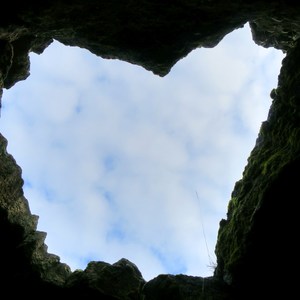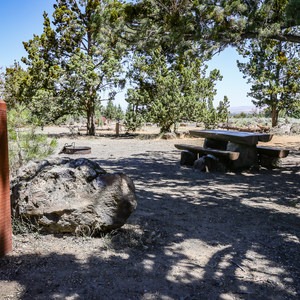Captain Jack's Stronghold is a complex geography of rock walls, caves, and winding passages in an otherwise flat valley that provided cover for the Modoc Indians and allowed them to resist months of attacks by the U.S. Army forces that were many times larger.
In the mid-1800s, western tribes saw more and more white settlers migrate from the east to lay claim to traditional lands. Tensions rose, and as a result, U.S. administrators convinced the Modoc tribe to move north to live with the Klamath tribe. This new living situation was less harmonious than imagined, and the Modocs never received the supplies promised by the U.S. in the agreement; consequently, the Modoc people moved back to their old land. Modoc leader, Kientpoos, known as Captain Jack, urged his tribe to avoid interactions with the settlers, but when U.S. troops pressured the tribe to again leave the area and move north, a conflict erupted. Several U.S. soldiers were wounded, and one was killed.
The Modoc tribe moved into the lava beds and used the landscape as a fortified defensive fighting position against the U.S. Army. During much of this time, Army attacks on the stronghold resulted in the deaths of numerous soldiers, while very few Modocs were hurt. For nearly five months the Modocs resisted the U.S. Army force that was 20 times larger. Eventually, under cover of darkness, the Modocs left the stronghold and walked south - animals, children and all - undetected by Army troops.
Captain Jack's Stronghold is within Lava Beds National Monument, and a $1 trail guide details the events leading to the standoff and provides a tour of features relevant to the events. A half-mile walk through rough and rutted terrain tours the lava formations that provided a nearly-impenetrable refuge for the Modocs along with caves that provided shelter to the Modoc people. Lying within view of Tule Lake, the lava formations create winding paths and steep trails over stone in a region that is otherwise primarily flat and grass-covered.
Near the end of the first loop is a fork that either leads back to the parking area or to a longer loop that adds an additional mile of walking. The larger loop passes stone-walled basins used by the Modocs to corral livestock they had found roaming nearby. You'll also see stone fortifications built by the U.S. military during the long standoff; these were later used to keep the Modocs from returning to the stronghold. The path requires walking on and through rough stone formations.





























Comments
Sign In and share them.